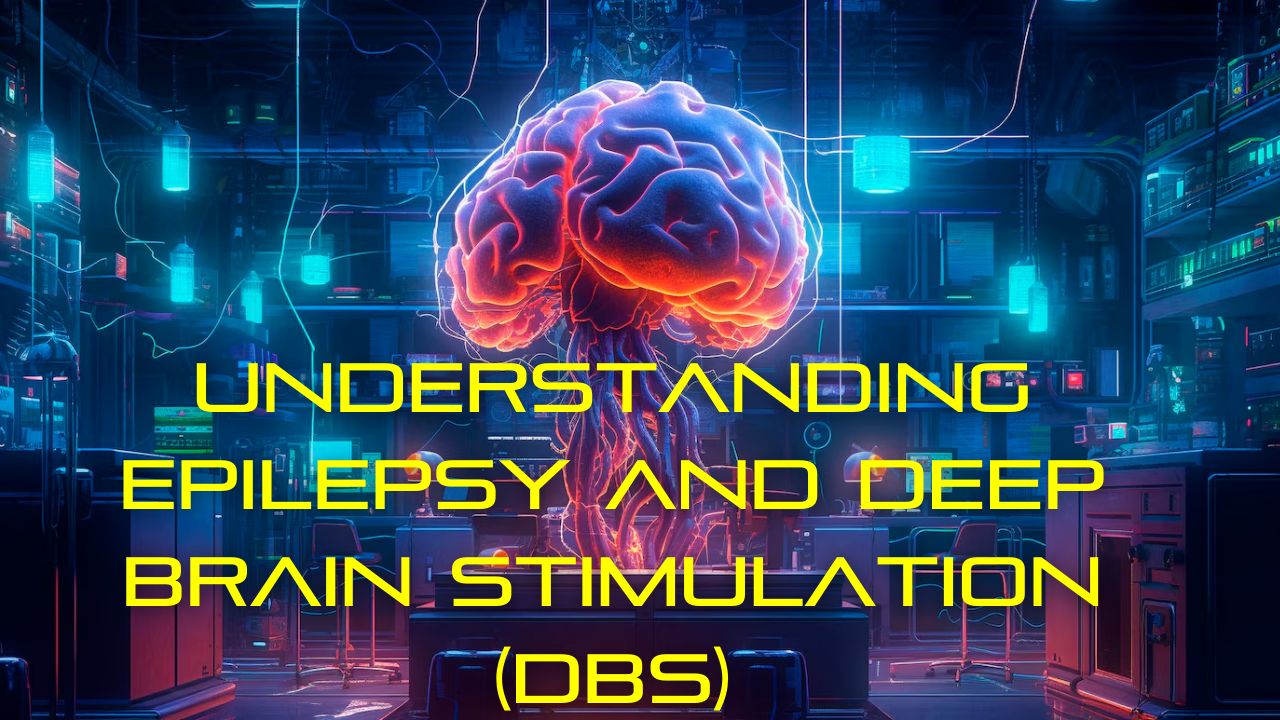Font size:
Print
Understanding Epilepsy and Deep Brain Stimulation (DBS)
Context: Oran Knowlson, a UK-based teenager, has become the first person globally to receive a brain implant designed to control epileptic seizures. The deep brain stimulation (DBS) device has successfully reduced his daytime seizures by 80%.
DBS and Its Functioning:
- Traditionally neurostimulators were placed in the chest with wires running to the brain, now direct implantation in the brain for more targeted relief.
- Functioning: The neurostimulator delivers continuous electrical impulses to the brain to disrupt or block abnormal seizure-causing signals:
- Implantation: A 3.5 cm square device, 0.6 cm thick, is surgically implanted in the skull and anchored with screws.
- Electrodes: Two electrodes are inserted deep into the brain, reaching the thalamus.
- Connection: Electrodes are connected to the neurostimulator, which is switched on post-surgery and can be recharged wirelessly.

Epilepsy: An Overview:
- Epilepsy is a chronic noncommunicable brain disease, or a neurological disorder affecting around 50 million people worldwide.
- Characterised by recurrent seizures, epilepsy manifests as brief episodes of involuntary movement, which can be partial (affecting a part of the body) or generalised (affecting the entire body).
- Seizures are sometimes accompanied by loss of consciousness and control of bowel or bladder function. These seizures can manifest in various forms, including:
- Jerking of arms and legs, Temporary confusion, Staring spells, Stiff muscles.
- Diagnosis of Epilepsy: One seizure does not necessarily indicate epilepsy, epilepsy is diagnosed after two or more unprovoked seizures.The condition is caused by abnormal electrical activity in the brain.
- While the exact cause of epilepsy is often unknown in about 50% of cases, several factors can contribute to its development:
-
- Head trauma, Brain tumours, Infections like meningitis, Genetic factors.
- Innovative Treatment: Deep Brain Stimulation (DBS)
-
- Other methods include: Anti-seizure medications, Ketogenic diet, Brain surgery, Corpus callosotomy.
Historical Context and Social Stigma:
- Epilepsy, recognized since 4000 BCE, continues to be surrounded by fear, misunderstanding, discrimination, and social stigma.
- Affecting the quality of life for individuals and their families despite advancements in understanding and treatment.
Epilepsy in India
- According to a 2022 Lancet study, the prevalence of epilepsy in India ranges from 3 to 11.9 per 1,000 people.
- Despite the availability of various anti-seizure medications, around 30% of patients remain resistant to treatment, highlighting the need for alternative therapies.



